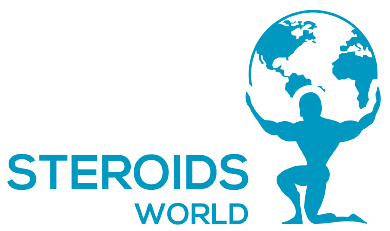While oral drugs and injections have similar applications for pain management and other medical conditions, they are frequently obtained in distinct ways. The effectiveness of the medication is the main distinction between the two. Injections may provide no relief for some persons while oral drugs do, and vice versa. Scientists develop medications, and biochemists make sure they select the proper dosage that provides the optimum efficacy and convenience. The medication must be effective and safe when administered for the intended purpose. Additionally, it must be useful.
Most medications are either taken orally or intravenously. Tablets are used to provide oral medications, which are intended to be absorbed by the stomach. In addition to variables like stomach acid, food, and other pharmaceuticals, several other factors might slow down the absorption of drugs. A medication that undergoes first-pass metabolism in the intestinal mucosal cells has a decreased effective quantity that reaches the bloodstream. Because of this, most medications are taken orally take longer to take effect unless they have a rapid, high absorption rate.
Drugs given intravenously enter circulation quickly and trigger an immediate response that may be urgently needed right now. The following details the many distinctions between oral and injectable medications.
Efficacy
It has long been accepted wisdom that intravenous medications work better than oral ones. Some patients even want injections to convince themselves that the medicine works. However, this isn’t the case. It is crucial to discuss why certain medications are taken orally while others are injected if we are to comprehend a drug’s efficacy.
Some medications would not work when taken orally due to their propensity to be degraded by the digestive enzymes in the stomach. Insulin, which is used to treat diabetes, is an excellent illustration. If insulin is taken orally, the stomach’s digestive enzymes will break it down since it is a protein. Like how some medications, which are exclusively useful in solid form, are useless when given as injections. They readily degrade and lose their therapeutic effects when made into an injectable liquid. The stability problem, which essentially dictates whether an injectable medicine will be in the form of powder to be combined with water before delivery, is another crucial aspect to solve when it comes to injectable pharmaceuticals. An injectable medication that is powdered should be water-soluble. Drugs that don’t dissolve in water are available in liquid form. Orally given medications undergo dissolution and often have a slow onset of action.
Length of time before feeling relief
Typically, injections only need to be given once, and any discomfort you feel at the injection site for a few days thereafter is rare. Since oral medicine is frequently taken more than once and is intended to cover up the underlying cause of the illness, patients might need to take the tablets every day.
Acceptability and patient condition
Compared to needles, oral medication has poorer tolerability. However, medications administered intravenously have fewer negative effects and appear to be more tolerable. This is because oral medications are difficult to administer, which results in a high rate of missed doses, particularly for patients on long-term medications.
Because some patients may not be able to take pills orally, some individuals must only have their prescriptions supplied via an injection. This is especially true for individuals who throw up, pass out, or are unable to swallow anything. For these people, an alternative to oral medicine should be administered through injection. Additionally, a doctor may decide to employ injectable medications in some situations, such as emergencies, to get an instant impact of absorption into the blood immediately as opposed to pills, which must first be digested into the stomach before becoming absorbed into the blood.
Introducing the medication
How a medicine is delivered depends on how it is presented and the disease type it is intended to treat. Oral tablets are required for skin problems that call for the urgent use of cream ointments or for situations when stomach hookworms are present.
Conclusion
Both an oral and an injectable form of medicine are created throughout research and clinical trials to guarantee the same quantity of ingredients enters the body regardless of the method utilised for its administration. This indicates that for a certain ailment, both oral and injectable medications have the same level of effectiveness. In certain extremely rare situations, oral medications may have a greater dose than injectable medications to make up for the quantity that ultimately won’t have been absorbed by the stomach. However, the number of the drug’s components in a patient’s blood will remain to be the same as when it was administered.
Another fallacy that many use as evidence for why injections are preferable to oral medications is the assumption that practically all medications function well in the bloodstream, which is not always the case. Every medicine reacts differently based on the patient’s health. As a result, using an injection to deliver the medicine to the body only delivers a time benefit, not an efficacy goal.
Additionally, tablets are significantly safer than injectable medications because the latter might result in complications like paralysis if not used properly. Utilization of oral or injectable medications depends on the present medical state and circumstance. The optimal medication for your condition will be chosen by the physician. It’s crucial to allow your doctor to make the decision when it comes to what course of therapy is best for you. To give you the best choice for your treatment, the doctor is required to consult with you to decide if injections, oral medicine, or both are appropriate.


















